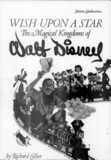
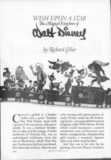
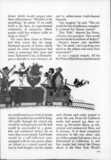
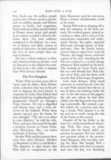
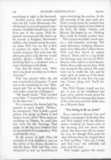
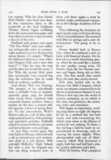
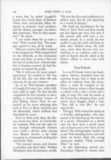
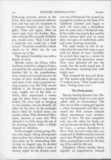
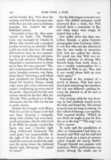
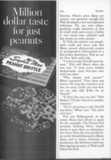
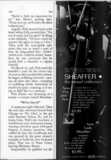
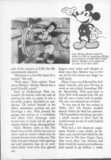
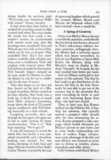
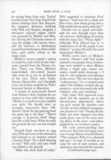
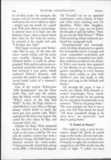
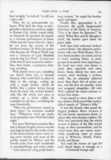
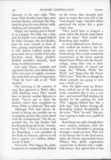
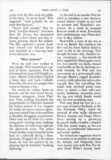
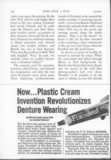
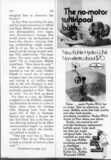
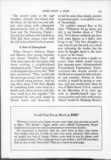
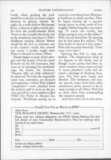
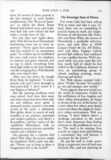
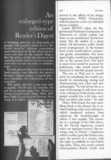
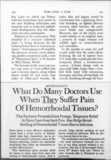
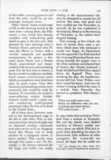
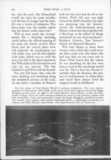
Casually garbed in lumber a green Tyrolean Walt Disney stood with a group of his executives, talking excitedly. It was a brilliant October day in 1965, and the setting, 16 miles southwest of Orlando, Fla, was an undeveloped wilderness, twice the size of Manhattan, which Walt Disney Productions had just purchased. But where the ordinary observer saw only swamps and cypress groves, already Disney could see the beckoning future - an unparalleled vacation kingdom called Walt Disney World, which would encompass massive amusement area, revolutionary new hotels, campgrounds, championship golf courses, a monorail, lagoons, lakes and white-sand beaches.
And this was to be only the beginning. For now Disney revealed a dream which would surpass even these achievements. "Wouldn't it be something," he asked, "if we could build a city here, an experimental community of tomorrow, where people could live without traffic or smog or slums?"
For years those closest to Disney had been aware that the smog. blanketed sprawls of houses which passed for urban development had come to preoccupy him more and more. Tomorrow's city, as Disney began to describe it, was visionary: an air-conditioned 50-acre hub of streets where the pedestrian would be king. All traffic through the central city would be underground and the hub would be surrounded by greenbelt and residential district for no more than 20,000 people. Each home would be a self-sufficient unit, equipped with its own power plant, yet linked to a central control system by both burglar and fire alarms and to subterranean trash-disposal channels. "Just imagine," he said. ""The city would be free of pollution, completely enclosed for climate control." "But, Walt," objected Joe Potter, a Disney vice president, "that would cost hundreds of millions of dollars!" Disney's brown eyes sparkled. "Joe," he asked, "can't you keep your mind on the subject and away from inessentials?"
It was a typical remark. All his life Walter Elias Disney had dreamed such dreams and rarely paused to count the cost. From his California studio had poured 534 short cartoons, 44 live-action shorts, 47 educational and commercial films, and 83 features, 18 of them completely animated. In this year alone, 1965, six million people had spent a day at Disneyland in California; 21 million people had visited the Disney shows at the New York World's Fair. Each year 180 million people paid to see a Disney motion picture, and 100 million people read Disney stories in books and magazines. Each week 250 million people looked at Disney comic strips, and people in 70 nations watched a Disney television show. His total audience numbered in the billions. As a master of fantasy and fable, creator of mythical characters, he had touched the lives of more people than any man in history.
He was a whole industry in himself, a business built on dreams and no character in the folklore he created had lived a life richer in fantasy than Walt Disney himself.
[…]